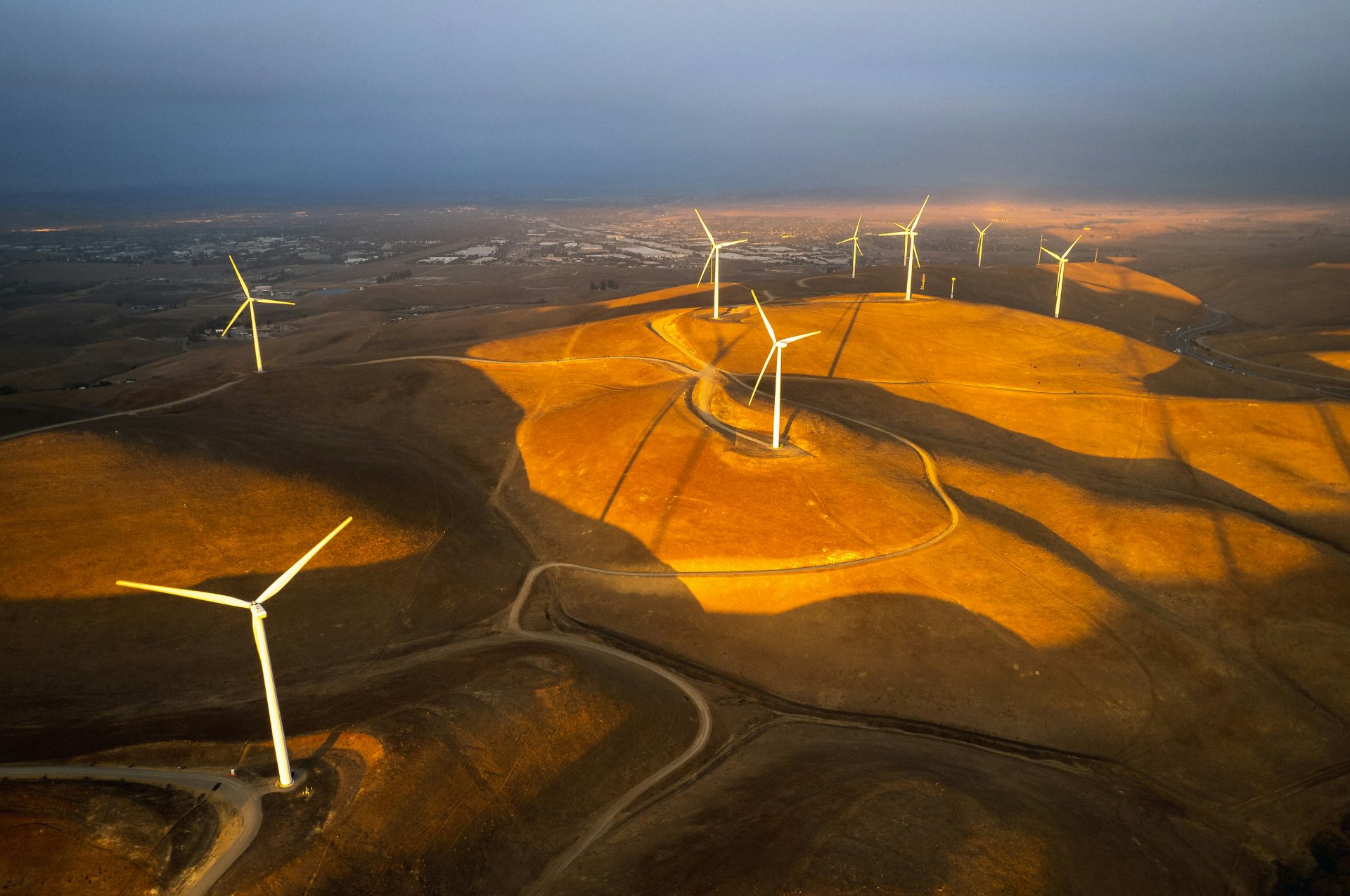Global Artistic Horizons: Opportunities and Challenges
Globalization has created numerous opportunities for most in the art world, but it also has made navigating these expanded horizons much more complex. To discuss this topic, six distinct voices from various backgrounds joined the panel “The Globalization of the Arts: Blessing or Curse?” at the 7th Horasis Global Meeting in Gaziantep, Türkiye, chaired by Martin Schulze, founder and director of art non-profit Public Delivery.
The discussion highlighted the opportunities and challenges within the global art discourse, paving the way for a deeper exploration of fostering a harmonious co-existence between local art ecosystems and the sprawling global art market. This exploration enriched the ongoing dialogue on the intricate relationship between globalization and the art world. The panel produced a range of insights from each panelist, illustrating the global art landscape from diverse perspectives.
First, director and educator Ayşegül Kurtel from Izmir, Türkiye, shared her inspiring story about building up the city’s contemporary art world from nothing and detailed her ongoing efforts to elevate Izmir on the global art stage. She single-handedly created a functioning art ecosystem in one of the region’s industrial centers and trading hubs. Kurtel was one of the first to bring international artists to Izmir to expose her students to contemporary art at the fine arts department of Dokuz Eylül University. Most of her students were unable to take trips to Europe, and during that time, only Istanbul had a contemporary scene.
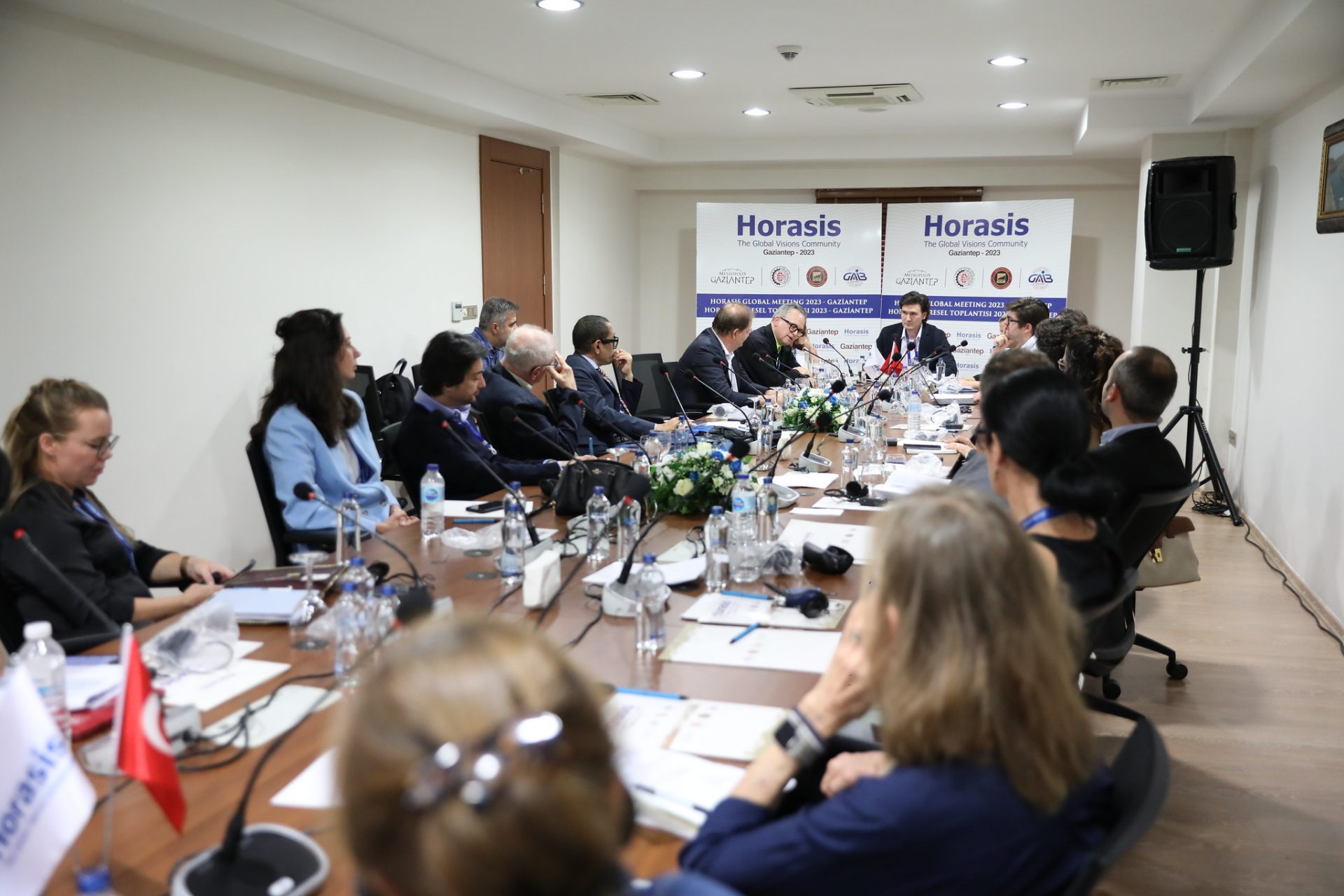
Martin Schulze, Founder and Director, Public Delivery, Korea
That changed in 2002, when Kurtel founded the K2 Contemporary Art Center, the longest continuously-running art space in Izmir, again emphasizing international projects. Recently, she established the Izmir Mediterranean Biennial, with full support from the municipality and mayor of Turkey’s third-largest city.
Art writer Max Feldmann from London, who strongly focuses on underrepresented art communities in Eastern Europe, such as Prague, built on the topic of raising up cities. He laid out that one of the primary challenges of these communities was being recognized for having their own unique voice and keeping their cultural identities amidst global influences. Feldmann also said that cities that are poorer in opportunities and resources often create exciting art scenes that are forced to work closely together, creating tight-knit, vibrant communities. Despite acknowledging the “totalitarianism of money,” which often results in a concentration of power in art capitals such as New York, Berlin, and Paris, Feldmann remains hopeful for those typically overlooked by the global art market.

Ethan Cohen
Dirk Vanduffel, editor and gallerist from Antwerp, Belgium, chimed in and mentioned how, according to him, the “hardware” of the art world is already globalized enough, with art fairs, museums and galleries covering most corners of the world. He said that we do not need more globalization. He questioned if globalization is good for the artist’s “software” and wondered if they risk losing their identity, trying to please an international market by adapting to its rules and pleasing a global crowd. Vanduffel has focused on emerging contemporary African artists and built the careers of artists such as Dankyi Mensah and Soji Adesina and has witnessed firsthand how a profit-driven approach can impact artists. Vanduffel welcomes a potential market correction, which might help go back to the essence of art, freer from commercial interests. According to him, it’s crucial for artists to successfully maintain authenticity while gaining global recognition. Gallerists, collectors and other art world actors, on the other hand, should believe in artists during good and bad times, alluding to the often-changing dynamics of art collecting and the opportunities that could arise for overlooked artists.
New York-based gallerist Ethan Cohen, famed for discovering art world titans like Ai Weiwei in the early 1980s, also plays an instrumental role in African contemporary art and is widely credited for first working with art world sensation Aboudia from the Ivory Coast. Cohen outlined the incredible story of him selling Aboudia’s work for $3,000 to $4,000 and the rise to reaching well over $500,000 at auction, entirely transforming the artist’s life, who is now a celebrity in his country of origin. He mentioned the challenges as well as the many opportunities that come with financial success, not just for artists but also for himself. Showing and believing in Chinese artists for several decades until their market exploded and reached 2.6 billion dollars in 2015 enabled him to acquire a former high school in Upstate NY, which he turned into a large art space called KuBe (Kunsthalle Beacon). In this space, he has curated numerous educational and institutional exhibitions, detached from the pressure of the art industry, with his work resembling more of a curator than a traditional dealer, reconnecting with his roots in the 1980s.
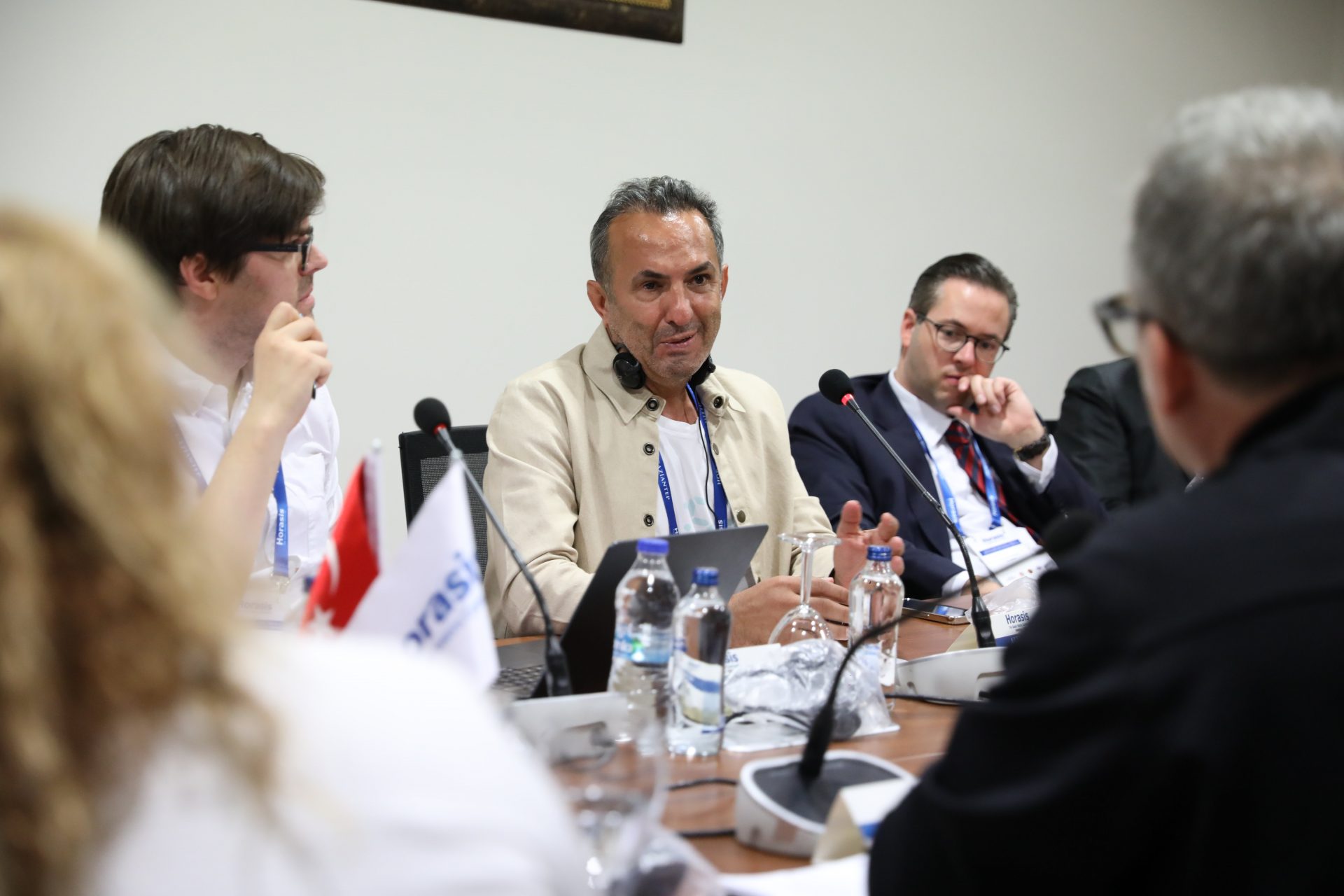
Halil Altindere, Artist, Türkiye
Similar to Cohen’s multifaceted approach, artist Halil Altındere from Istanbul has taken on several roles and beyond being among Turkey’s most recognized contemporary artists, has published groundbreaking art books, curated exhibitions and published one of the country’s leading art magazines. In the panel, Altındere outlined his way from being part of a Kurdish minority, growing up during the peak of the Turkish-Kurdish conflict and eventually moving to Istanbul to pursue a career as an artist when contemporary art was more or less unknown in Turkey. Altındere spoke about how he was influenced by Western art history and benefitted from globalization by participating in numerous cultural exchanges and international collaborations. At the same time, through his artworks, he takes a critical stance against some effects of globalization, such as gentrification and deals with the effects of migration, highlighting its potential negative consequences, such as cultural homogenization or economic disparities.
According to him, art speaks a universal language. Through his works, he addresses global issues that affect many people worldwide and he emphasized that his art pieces remain relevant in different cultural contexts. In response to the ongoing discussion, art collector Yasemin Vargı Emirdağ offered a solution for lifting up cities in the global art context. She spoke about how, instead of working with well-known art institutions from the West, she has established her own art spaces and art media environment and even found new audiences outside the art world. Vargı Emird has also continuously curated exhibitions for hotels and office spaces over the years, promoting social awareness through art.
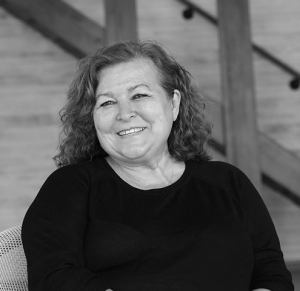
Ayşegül Kurtel
Further elaborating on her initiatives, she shared insights on how collectors can foster a deeper engagement with artists’ careers by using her approach and not just acquiring their artworks. Vargı Emirdağ also publishes the magazine Artspeak NYC and often leads one-on-one conversations with artists, building a deeper connection with them and their works.
The stories shared by Ayşegül Kurtel and Max Feldmann highlighted the potential of globalization to elevate local art scenes internationally. In contrast, the remarks by Dirk Vanduffel and Halil Altındere touched upon the dilemma of maintaining cultural authenticity amidst the sweeping waves of global influences. Ethan Cohen’s and Yasemin Vargı Emirdağ’s discourse provided a window into the complex dynamics between commercial success and artistic integrity.
The overarching narrative also underscored the necessity for adaptability and evolution in the rapidly changing global art market. The diversified roles assumed by the panelists in their careers showcased a pragmatic approach toward navigating the nuanced global art terrain. The emphasis on community-building and collaborative efforts, as reflected in the endeavors of several panelists, resonated as a sustainable model for nurturing a robust art ecosystem that thrives on both local and global scales.
The differing opinions among the panelists regarding the extent and impact of globalization encapsulated the essence of the debate. While the allure of a connected world and the prospects it holds for the art community are undeniable, the discussion also evoked a contemplative stance on the delicate balance between embracing global opportunities and preserving the rich tapestry of local artistry and cultural authenticity.
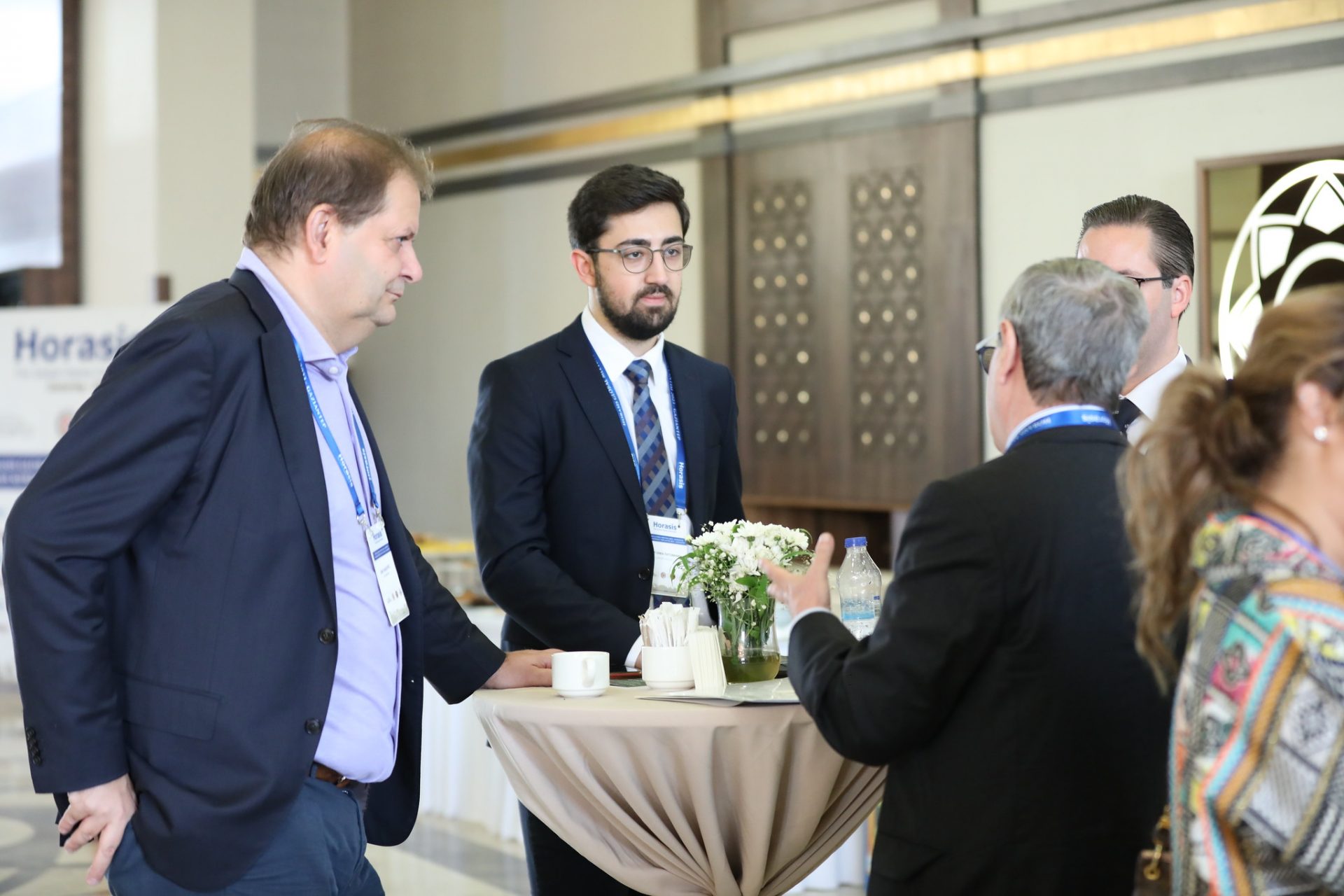
Dirk Vanduffel, Founder, ArtDependence Magazine, Belgium
Key Insights: Navigating the Global Art Terrain
- Support is essential: Emerging artists, especially from underrepresented regions, require robust support networks. While some artists merely have the misfortune of not living in one of the art capitals, others, such as in the Global South, might have to overcome additional challenges, such as political instability and material shortages.
- Preserving & celebrating identities: There is a critical need to protect and praise unique cultural identities in art. Art education must evolve to reflect global trends while fostering local talent and identity while at the same time helping to ensure artists maintain their unique voices in order to provide a richer array of voices and perspectives.
- The value of art is changing: The dynamics of how art is valued, collected and appreciated are shifting, requiring artists and collectors to adapt and deal with technological advancements and changing consumer preferences, which can impact the demand, pricing, and accessibility of art.
- Growth takes time: It can take decades to change the cultural landscape of a city or wait for a specific segment of the art market to take off. Cultivating a vibrant art scene, steadily building an audience or gaining recognition and value in the art market is a gradual process and can lead to massive results.
- Deeper involvement pays off: The more involved an art world individual is and the more roles they take on, the more powerful their impact can be. Most speakers highlighted their engagement in multiple roles throughout their careers, which led to combined results across different realms of the art sphere.
- Community and collaboration are crucial: Building supportive art communities and fostering collaboration enhances the overall art ecosystem, locally and globally.
Reflection: Embracing Global Opportunities in Art
The takeaways encompass a holistic view of the challenges and opportunities presented by the global art market, emphasizing the importance of adaptability, support, diversity and community in fostering a thriving art world.
While some of the panelists had differing opinions regarding the extent of globalization necessary, they agreed that a more connected world presents ample opportunities.
By Martin Schulze, Founder and Director, Public Delivery, Korea

